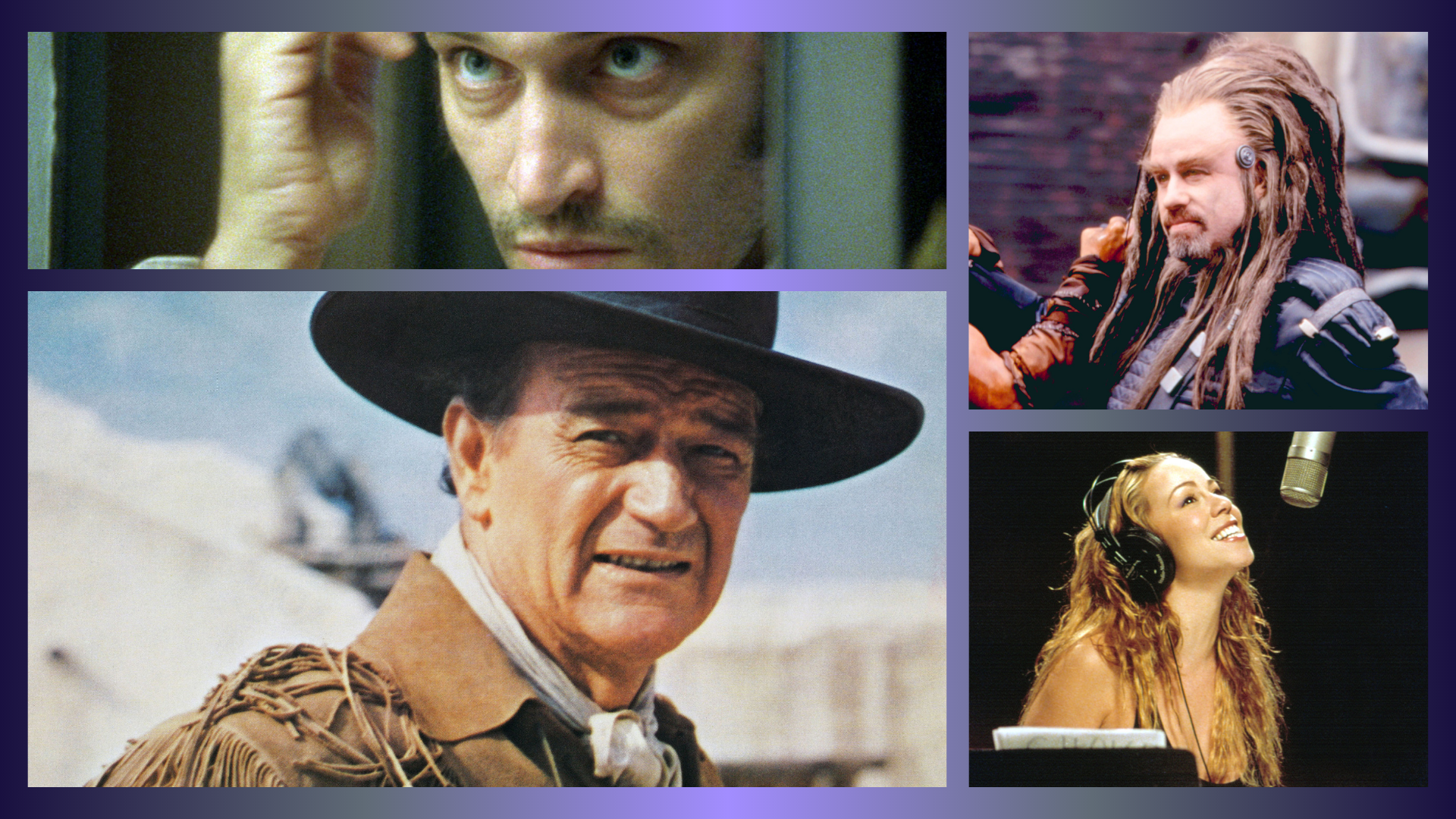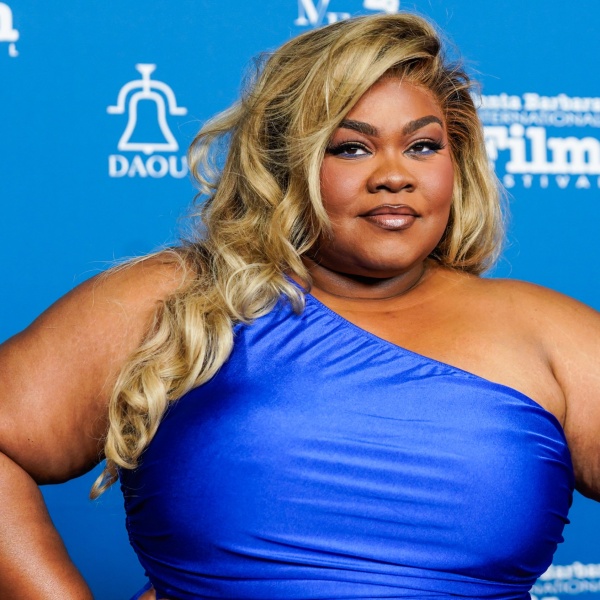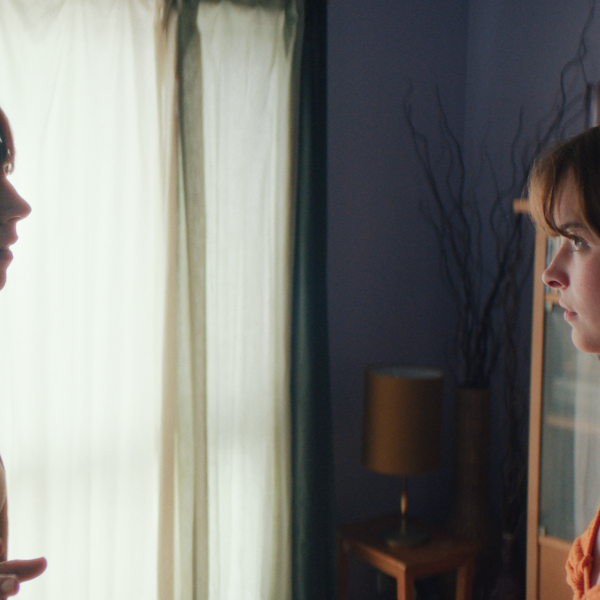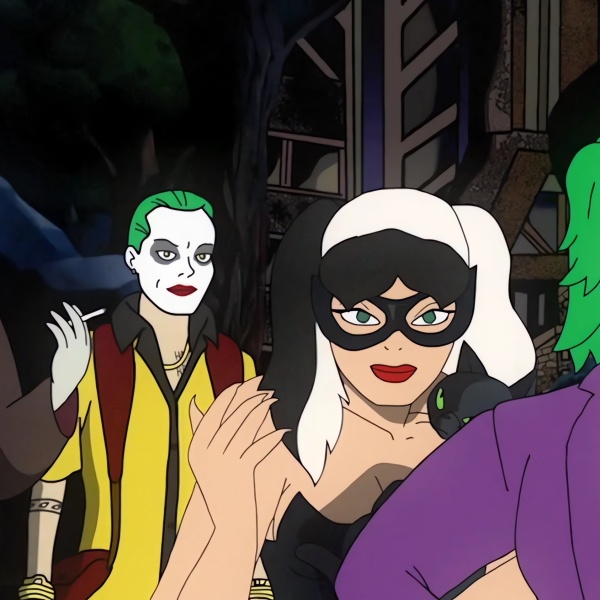When HBO’s “The Idol” premiered to a resounding “ugh, really?” from the general public last month, there was a specific label people were quick to apply to the series: vanity project. Who the show was a vanity project for depended on which creator was being complained about at the time. But haters of the instantly despised pop star erotic thriller were practically universal in their assessment that the show was an ego stroke for star The Weeknd and/or series director Sam Levinson: both of whom took their lashings over the course of the show’s five-episode run.
The pair clearly had sky high hopes for the series, to the point that it received a rare TV premiere at the Cannes Film Festival in May 2023 before its broadcast debut in June. That was criticized by many as a deeply egotistical push, but its inclusion at the festival did put it more in line with other notorious vanity projects of the past. The majority of these can be found on the big screen as opposed to the TV set, and run the genre gamut from comedies and musicals to big-budget action flicks.
TV shows rarely get the vanity project label in the way films do, in part because its tends to be a more collaborative medium with more people working on writing and directing. Vanity project charges are most often brought against expensive, massive films clearly being lead by a single creative force. Accusations are most often applied when said force is an actor, or when the force is both directing and starring in the project.
What’s the difference between a vanity project and a brilliant work of auteur genius? It’s simple; the former gets bad reviews, and the latter gets good ones. That makes the term “vanity project” a very subjective one, with one star’s disaster being another one’s masterpiece. Hell, popular perception of so called vanity projects can change over time; look no further than “Heaven’s Gate,” the once widely reviled Michael Cimino western epic that has largely been reevaluated and reclaimed as a classic decades after its horrific first reception.
Still, for every vanity project that gets defended, there’s dozens more that remain targets of mockery years later. Some of the most notorious vanity projects come from music artists like the Weeknd expanding their presence into film, such as Vanilla Ice’s “Cool as Ice” or Mariah Carey’s notorious bomb “Glitter.” Others come from film vets who simply took on too much and got burned in the process, like Peter Bogdanovich’s “At Long Last Love” or Kevin Costner’s “The Postman.” Whatever the case, these movies are fascinating windows into the times they were created, when the people driving them were riding career highs, and often didn’t have anyone around them to pull back their worst impulses.
Here are seven of the most notorious vanity projects ever made, listed in order of U.S. release date.
-
“The Alamo” (1960)

Image Credit: Courtesy Everett Collection Who was stroking their own ego: Western icon John Wayne. Wayne spent over a decade trying to get a film recounting of the Battle of the Alamo off the ground, and ended up directing and starring in the film himself. He pumped much of his own film into the passion project, which had a sky high at the time cost of $12 million (roughly $123 million today). Production was a bit of a mess, with actors like Richard Widmark complaining afterwards about Wayne’s directorial inexperience; the star’s longtime collaborator John Ford famously visited set and nearly took control of the project, causing a dispute between the two men. The film also received drubbings for acting as a blatant platform for Wayne to expouse his right-wing political views. To give him some credit though, Wayne initially wasn’t going to play the lead role himself, and only took it due to investors insisting he headline the film.
How it was received: Unlike many of the most notorious vanity projects, “The Alamo” was released to relatively OK public reception, although the film’s enormous cost kept it from making a profit, and forced Wayne to sell his share of the film to United Artists due to the debt it drove him into. Critical response was mixed, but the film managed to garner seven Oscar nominations due to intense lobbying on Wayne’s part.
Its biggest controversy came outside of Wayne’s control, when supporting actor Chill Wills ran an ad in Variety imploring Academy voters to select him by claiming the cast of “The Alamo” was praying for him to win harder than the real-life Texans at the Alamo prayed for their lives. Wayne was forced to apologize with an ad calling Wills’ claims “untrue and reprehensible.”
-
“At Long Last Love” (1975)

Image Credit: ©20thCentFox/Courtesy Everett Collection Who was stroking their own ego: Peter Bogdanovich, the director behind acclaimed ’70s classics like “The Last Picture Show,” “What’s Up Doc?” and “Paper Moon.” With his critical and commerical success at a high, Bogdanovich set out to make a film based on the ’30s musical films he loved, featuring the songs of showtune master Cole Porter. Sadly, the resulting film, “At Long Last Love,” ended up a mess, mainy due to Bogdanovich’s decision to get rid of lip-syncing in favor of having the cast (which included his girlfriend Cybill Shepherd and Burt Reynolds, neither exactly a natural singer) performing live on screen. Mess-ups were common, and Bogdanovich later reflected on the experience by saying he was arrogant “out of a frantic insecurity. I knew it was so possible I was wrong that I became tough about insisting that I was right.”
How it was received: The film underperformed at the box office, taking home half of its $5 million budget. A few critics responded positively, but “At Long Last Love” mostly received vicious critical drubbings. The response was so bad Bogdanovich took out newspaper ads to apologize for making the movie.
-
“Cool as Ice” (1991)

Image Credit: ©Music Corp. of America/Courtesy Everett Collection Who was stroking their own ego: Vanilla Ice, the white rapper who became one of the biggest stars in the United States in 1990 thanks to the success of “Ice Ice Baby.” Directed by David Kellogg, the vehicle stars the rapper as “Johnny Van Owen,” a bad boy performer who travels to a small town on his motorcycle and falls in love with a good girl honor student. The resulting musical romantic comedy is essentially John Waters’ “Cry-Baby,” but lacking any of its charm or good qualities.
How it was received: In spite of Vanilla Ice’s star power, the movie bombed with just $1.2 million on a $6 million budget. Reviews were savage, and the rapper picked up a Razzie for his performance.
-
“The Postman” (1997)

Image Credit: ©Warner Bros/Courtesy Everett Collection Who was stroking their own ego: Director and star Kevin Costner. Costner was on a wild run in the ’90s; on the one hand, he won an Oscar for his directorial debut with “Dances With Wolves” and starred in massive successes like “JFK” and “The Bodyguard.” On the other hand, he also starred in “Waterworld.” “The Postman” is maybe his most bizarre project from that time; based on the 1985 book by David Brin, the film stars Costner as a drifter in a post-apocalyptic United States who becomes a national hero by…becoming a postman.
How it was received: The film was wrecked by critics on release, who criticized Costner’s direction and performance, the goofy and overly sentimental script, and well as its agonizing, nearly three-hour runtime. It also bombed with a $20.8 million gross on an $80 million budget. Even at the time, many reviewers called Costner’s decision to direct and star in the film an ego trip, especially due to the film ending with a cermony unveiling a bronze statue of Costner’s unnamed hero. Gene Siskel referred to the film as “Dances With Myself” on an episode of “Siskel & Ebert.”
-
“Battlefield Earth” (2000)

Image Credit: Warner Bros./ Courtesy: Everett Collection. Who was stroking their own ego: John Travolta, although it’s perhaps more accurate to say he was stroking the ego of deceased Scientology founder L. Ron Hubbard. One of the most famous celebrity Scientologists, Travolta spent the years after he regained clout via “Pulp Fiction” trying to fund an adaptation of Hubbard’s 1982 novel of the same name, about a future world where humanity has been enslaved by the alien “Psychlos.” After failing to find funding from major studios, he poured his own money into the project and got it picked up by independent production company Franchise Pictures. Travolta got cast as the main antagonist, Psychlo Terl, and planned the project as the first in a two part adaptation of the novel.
How it was received: “Battlefield Earth” was almost immediately regarded as one of the all-time worst films, with reviewers criticizing the performances, the writing, the visual effects, and the horrible overuse of dutch angles that resulted in a deeply nauseating viewing experience. It cleaned up at the Razzies, and was named the worst film of its decade by the organization in 2010. Travolta continued to defend the film even as it was received poorly, but a sequel never materialized; and, after Franchise Pictures got shut down in 2007 after getting sued for overstating the film’s budget by $31 million, it probably never will.
-
“Glitter” (2001)

Image Credit: Courtesy Everett Collection Who was stroking their own ego: Mariah Carey. Coming off her legendary run of hits in the ’90s, Carey made her first big 21st century move by starring in the ’80s musical drama “Glitter.” Directed by Vondie Curtis Hall, the film stars Carey as an aspiring singer in the ’80s on her path to stardom. The movie was extensively promoted, complete with a soundtrack album that had the misfortune to release on 9/11.
How it was received: “Glitter” opened to extremely negative reviews and bombed at the box office, with a $5.3 million worldwide total off of a $22 million budget. Carey’s performance was highly criticized, and she won a Razzie for her work. The film kickstarted a fallow period for Carey, although she came back on top with “The Emancipation of Mimi” in 2005. The soundtrack of the film would be reclaimed by fans in 2018, where a viral trend helped it top the iTunes charts. It appears on IndieWire’s list of The Gayest Movies That Aren’t Explicitly Gay.
-
“The Brown Bunny” (2003)

Image Credit: ©Wellspring/Courtesy Everett Collection Who was stroking their own ego: Vincent Gallo, a character actor who broke through as an independent filmmaker with the well-received “Buffalo 66” in 1998. For his followup, he cast himself as Bud, a motorcycle racer traveling the country while experiencing frequent flashbacks of his life with a former lover played by Chloë Sevigny. The film became infamous shortly after its premiere due to a scene where Sevigny gives Gallo an onscreen, unsimulated blowjob, an artistic decision that many saw as self-indulgent rather than necessary to the film.
How it was received: “The Brown Bunny” premiered at Cannes, where it was the target of an extreme pan by the beloved Roger Ebert, who referred to the movie as the single worst in the history of Cannes. The pan resulted in a wildly bitter feud between Gallo and Ebert. The film later was recut for its U.S. release, eliminating 26 minutes. Ebert gave the new version a more positive review, maintaining his position on the original Cannes version but saying the edits fixed the majority of the film’s issues. The movie remains divisive today, but it has since gained as many defenders as haters.






